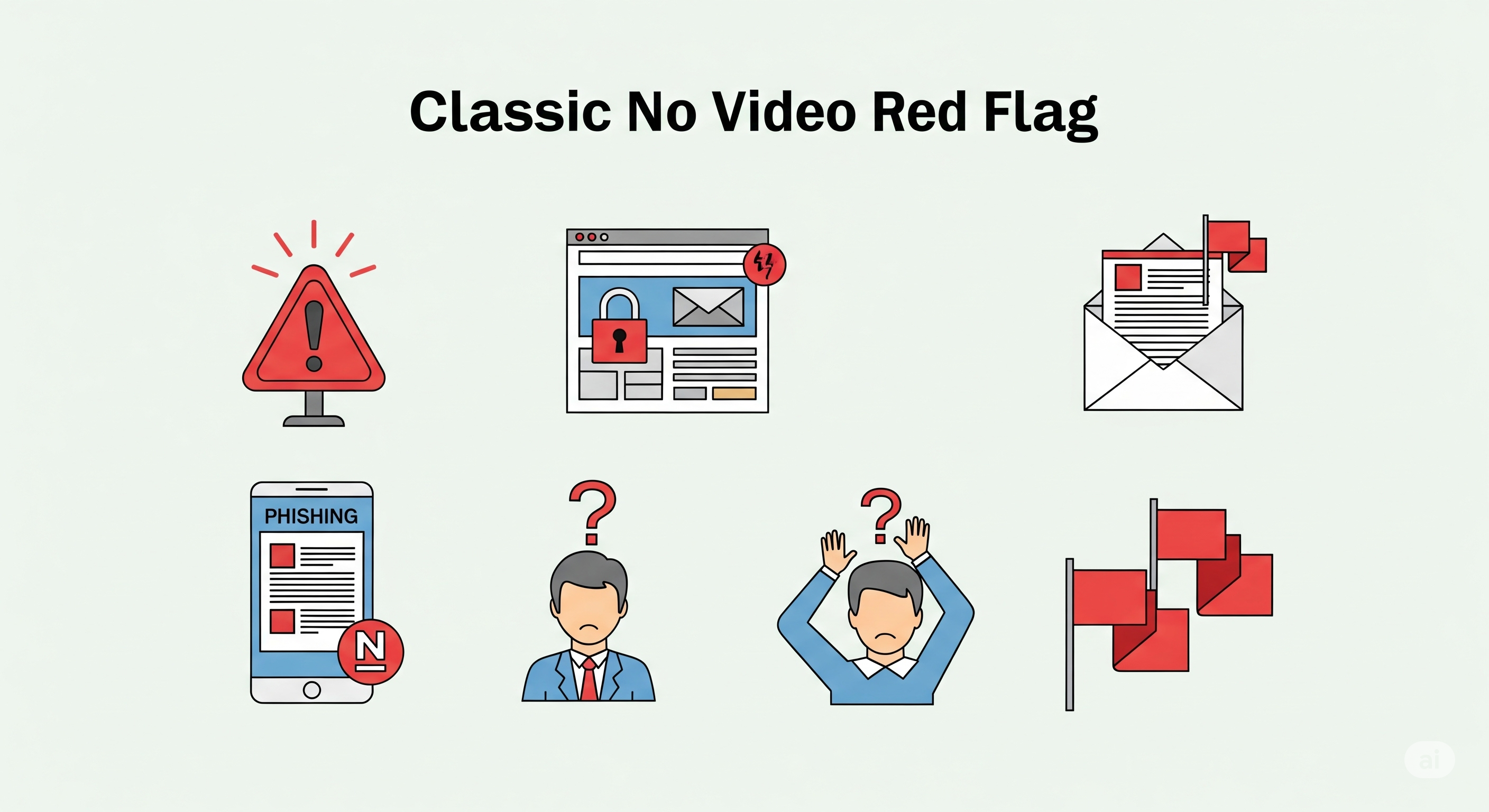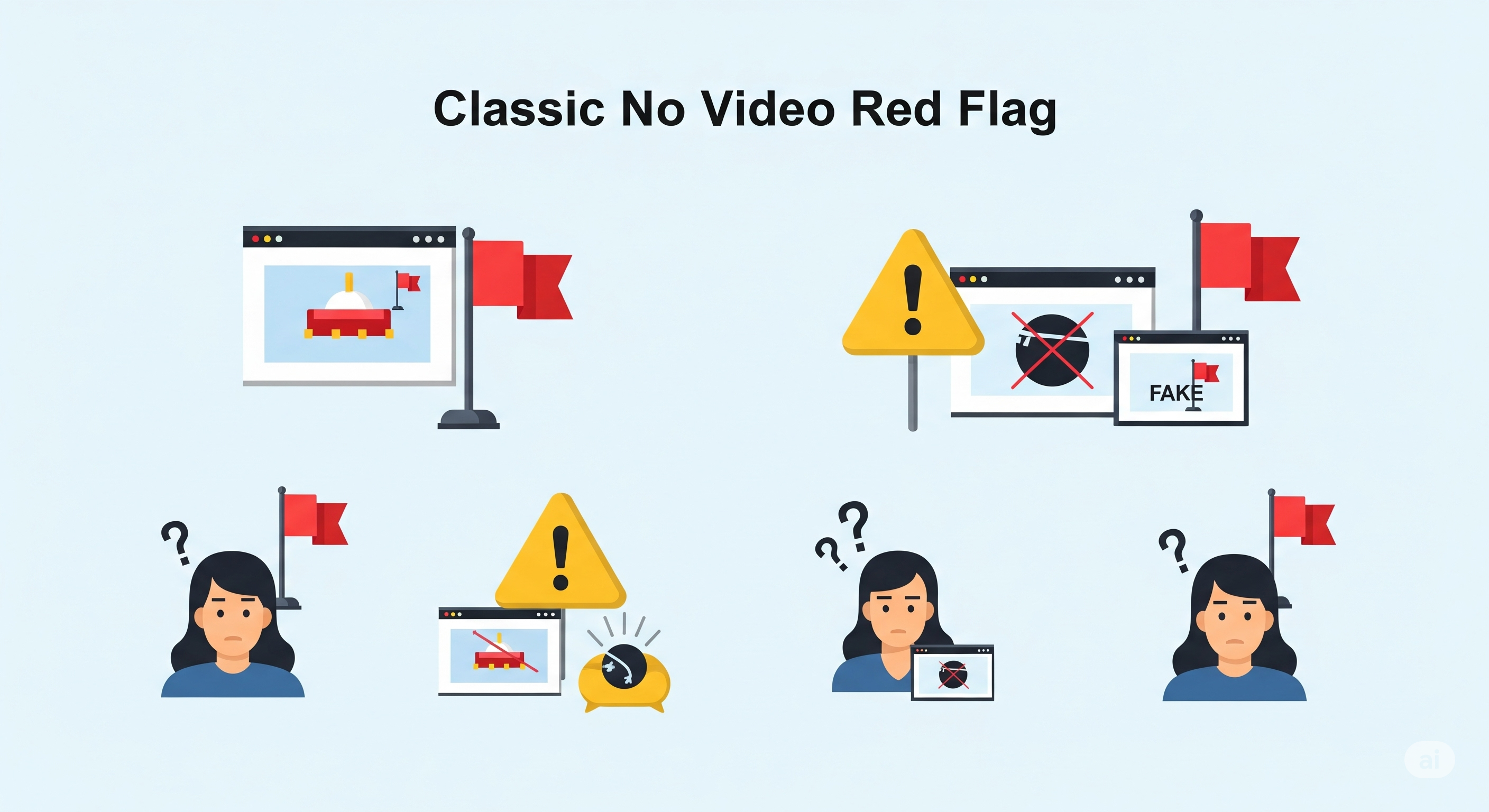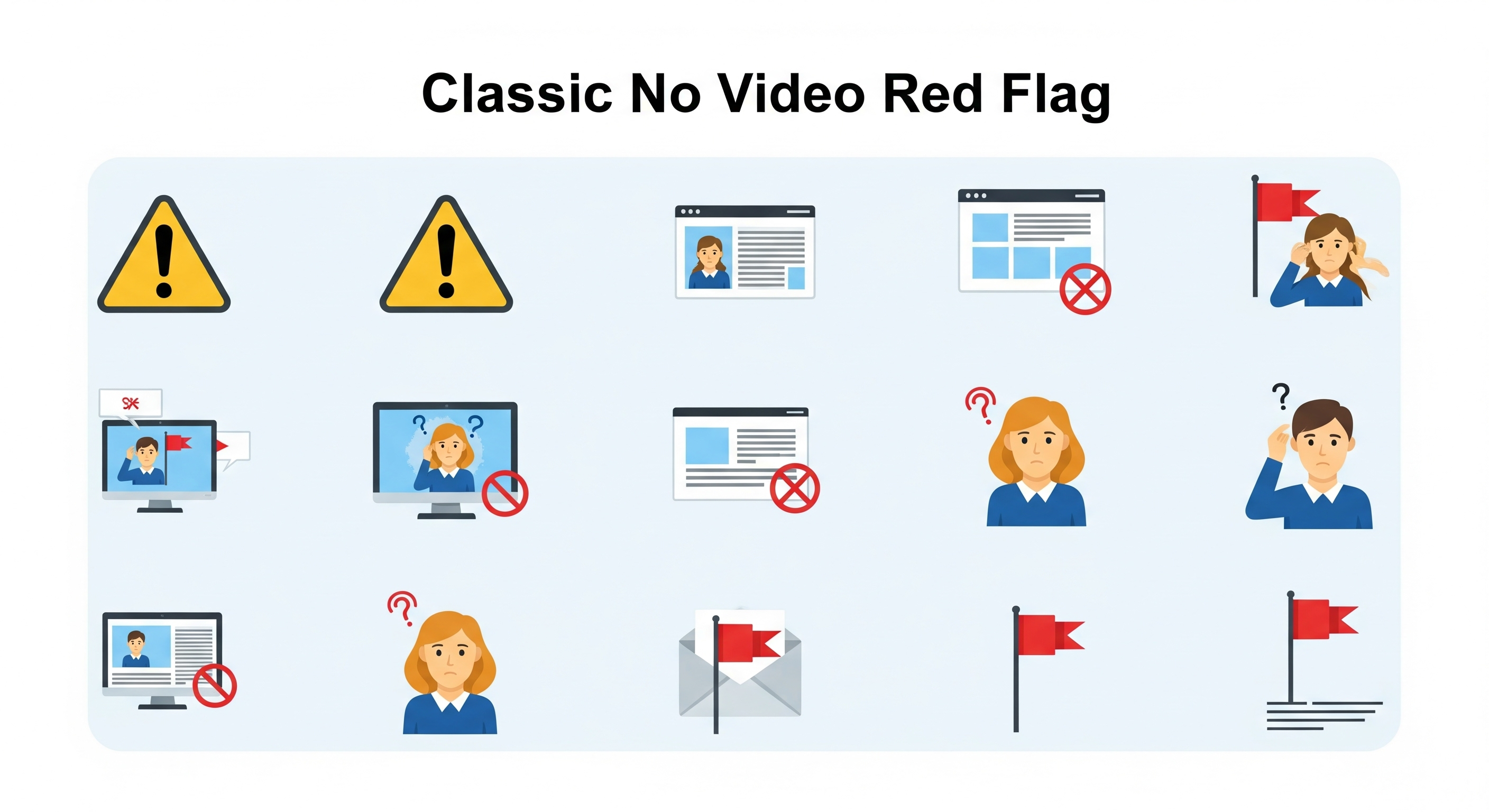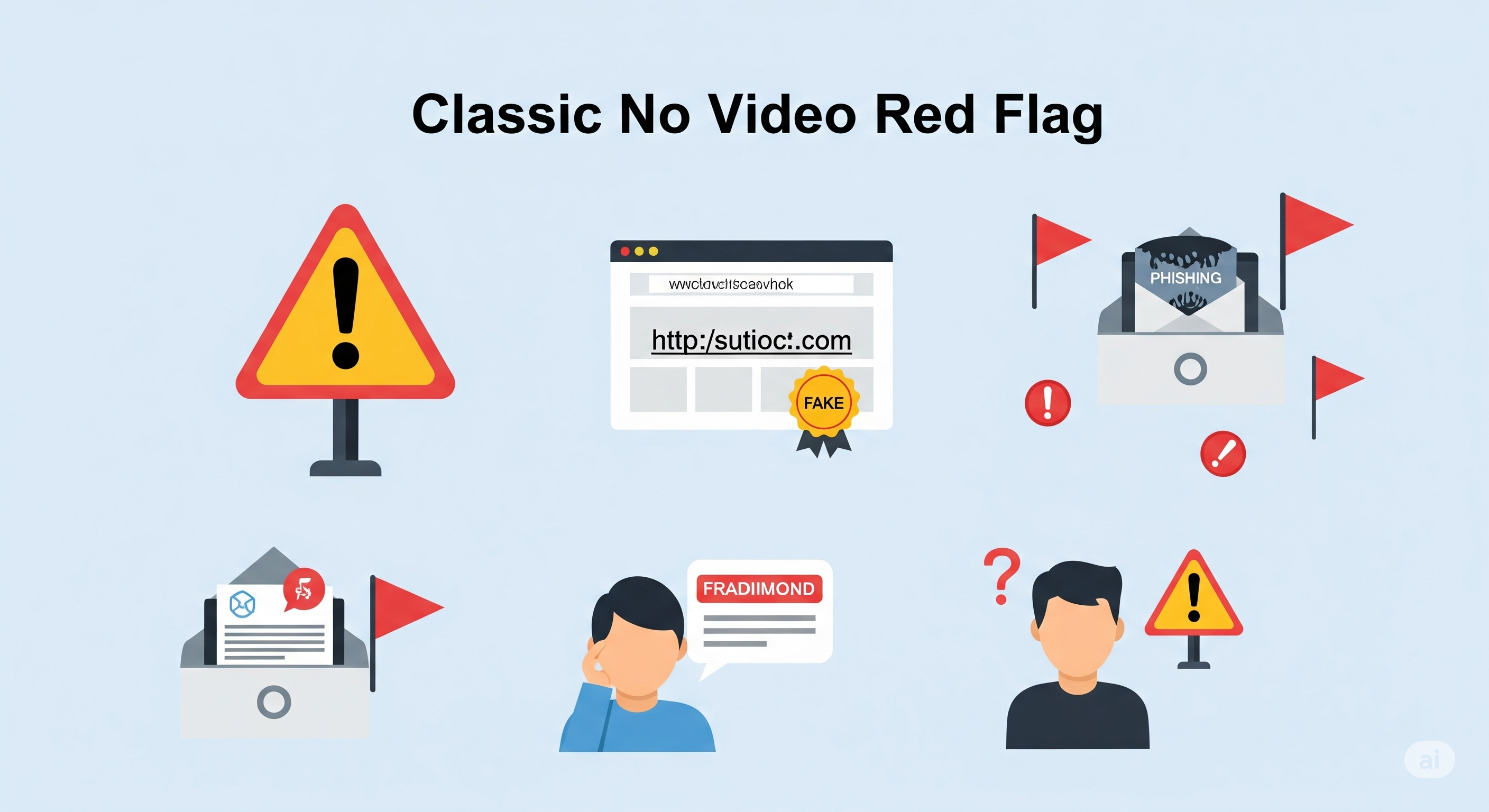Tips & Support
Classic No Video Red Flag
Classic No Video Red Flag
By Admin
Related Topics
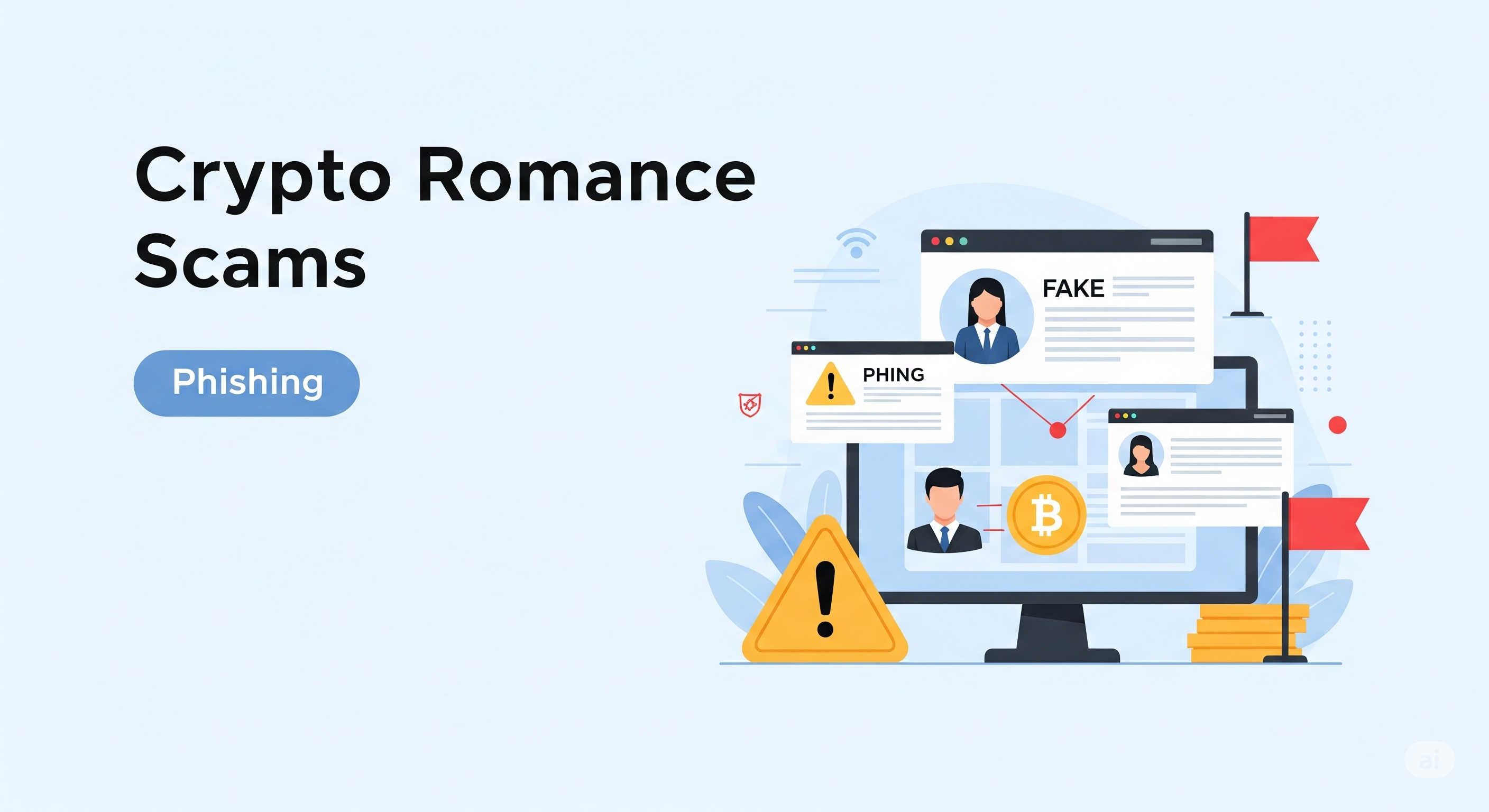
Crypto Romance Scams
In the age of digital love and cryptocurrency a dangerous hybrid scam has emerged nbsp crypto romance scams These scams......
Read More

Beating Dynamic Pricing
You are not dreaming things if you have ever puzzled why the price of a ticket hotel or even a......
Read More
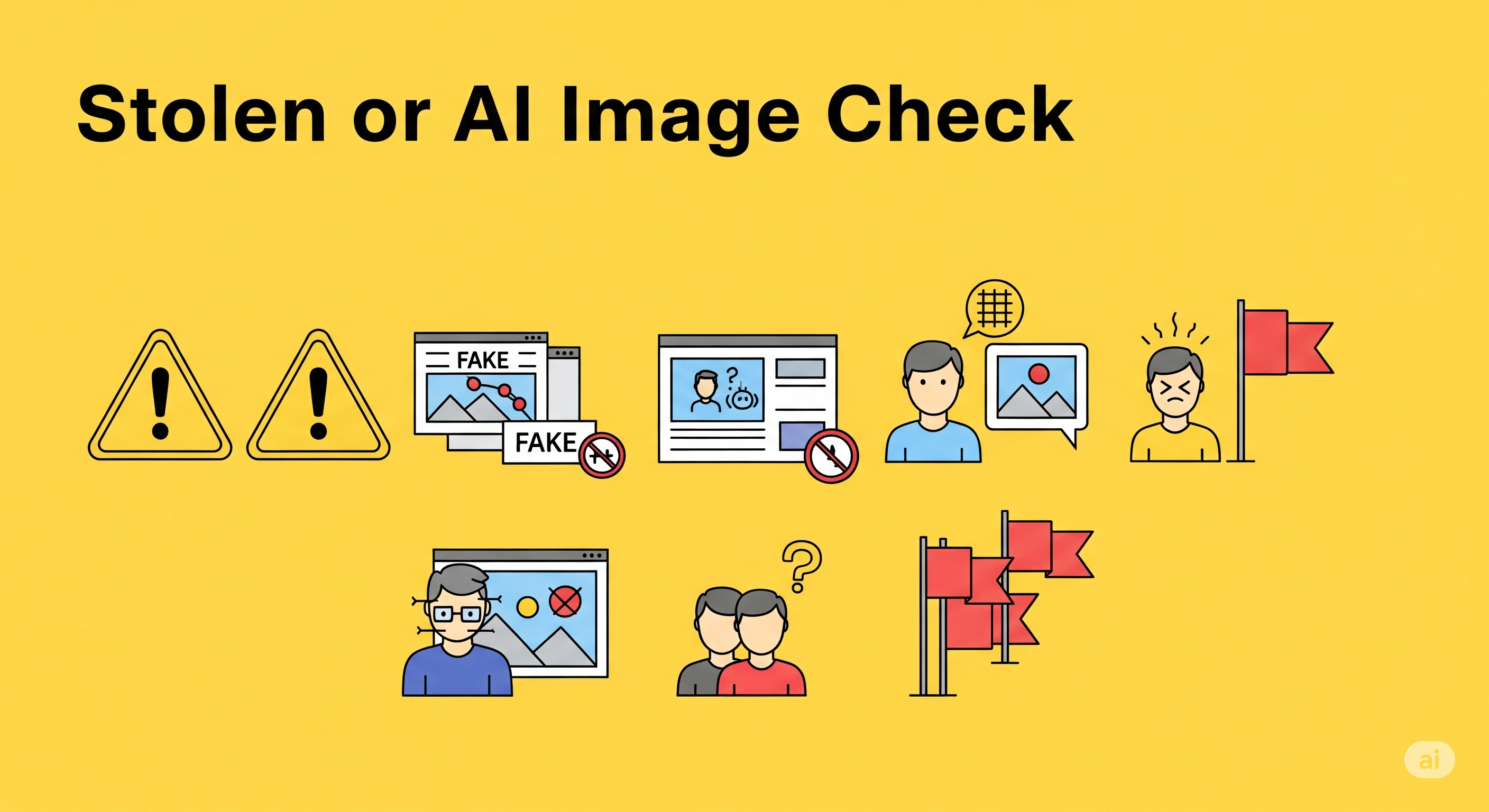
Stolen or AI Image Check
Images are ubiquitous in today s digital world from dating apps and social media to online shopping and corporate websites......
Read More
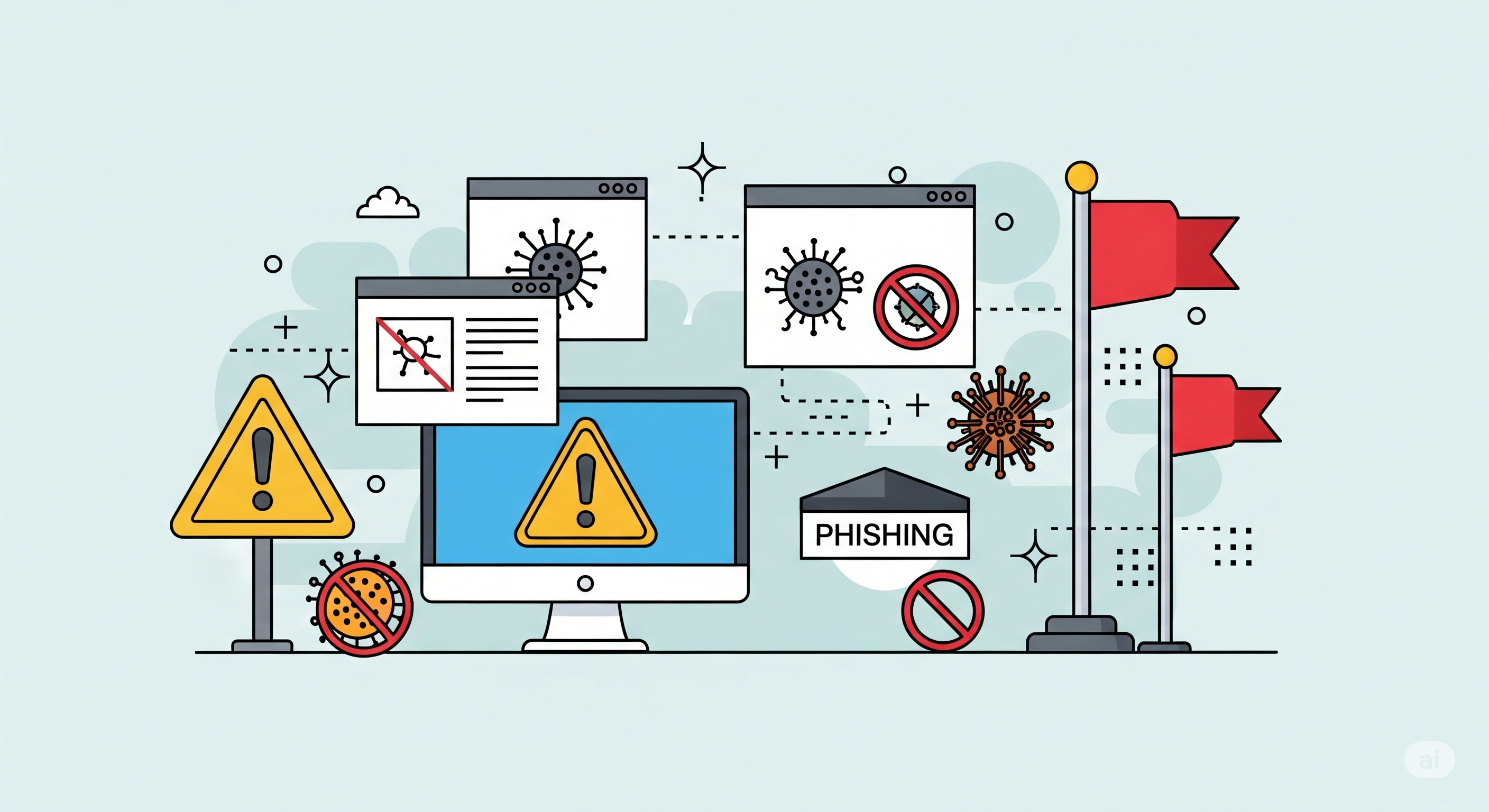
Spotting Online Predators
The internet is a great place to study talk to people have fun and do business but it also has......
Read More

Crypto Romance Scams
In the age of digital love and cryptocurrency a dangerous hybrid scam has emerged nbsp crypto romance scams These scams......
Read More
Beating Dynamic Pricing
You are not dreaming things if you have ever puzzled why the price of a ticket hotel or even a......
Read More
Stolen or AI Image Check
Images are ubiquitous in today s digital world from dating apps and social media to online shopping and corporate websites......
Read More
Spotting Online Predators
The internet is a great place to study talk to people have fun and do business but it also has......
Read More